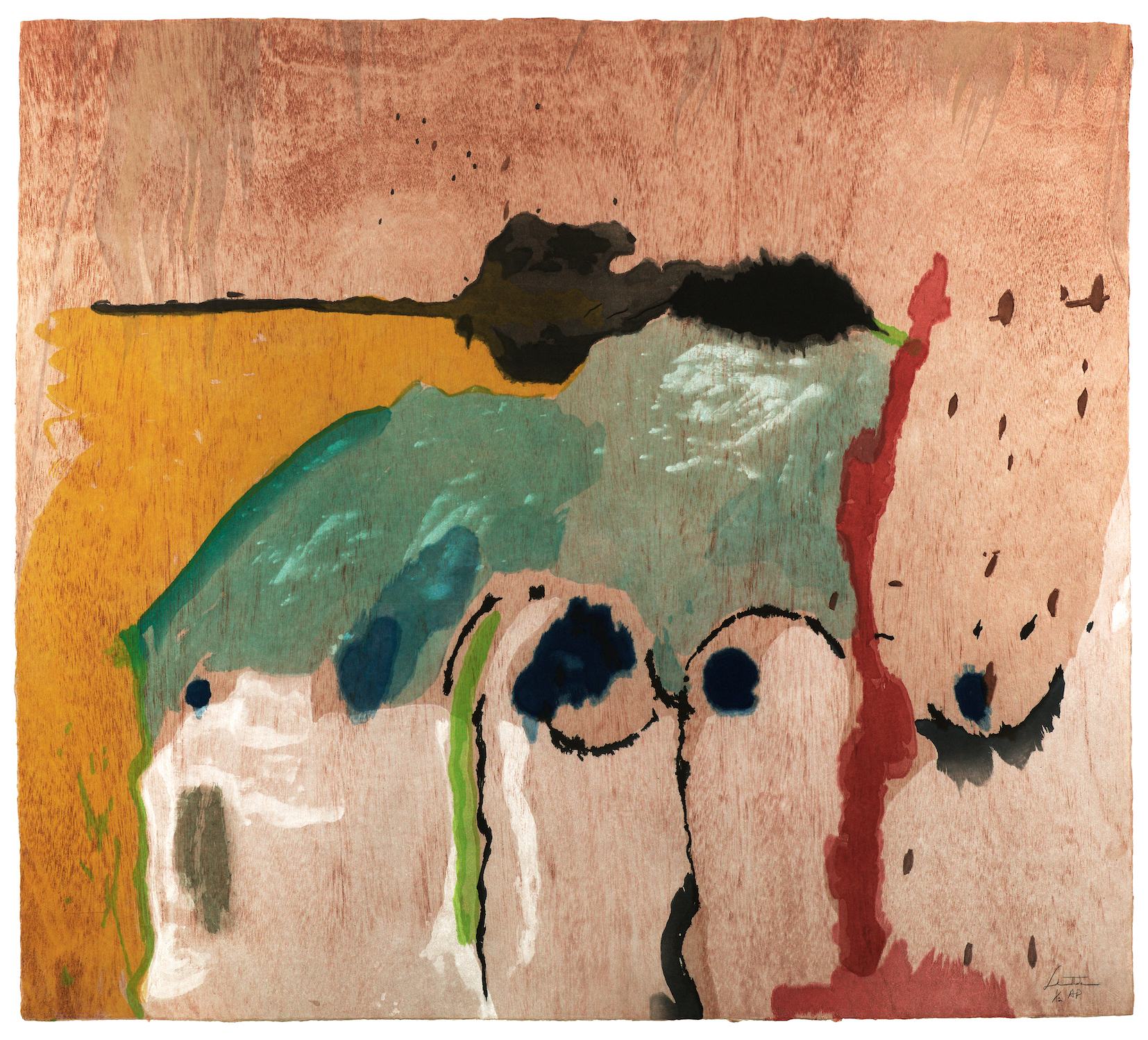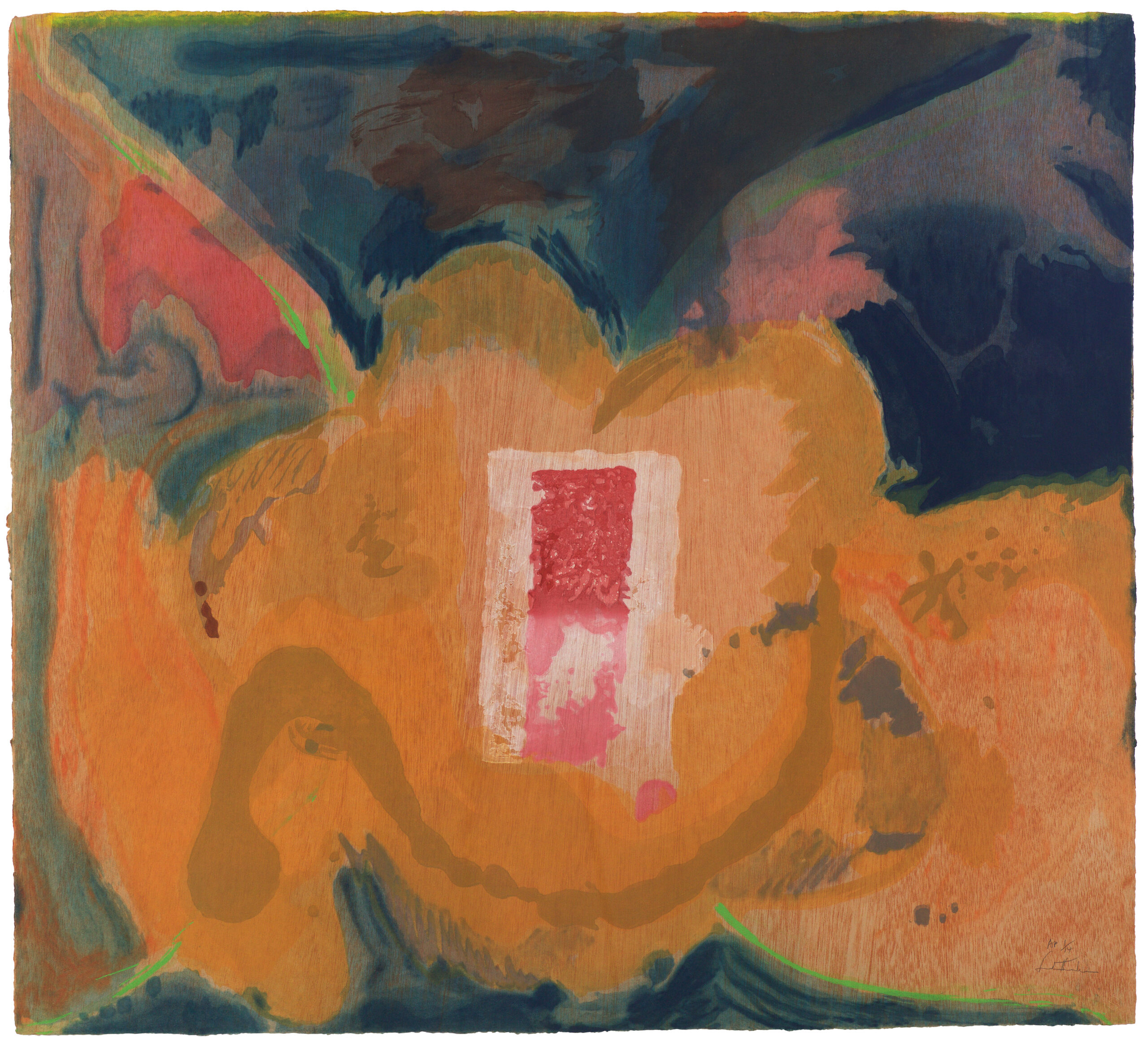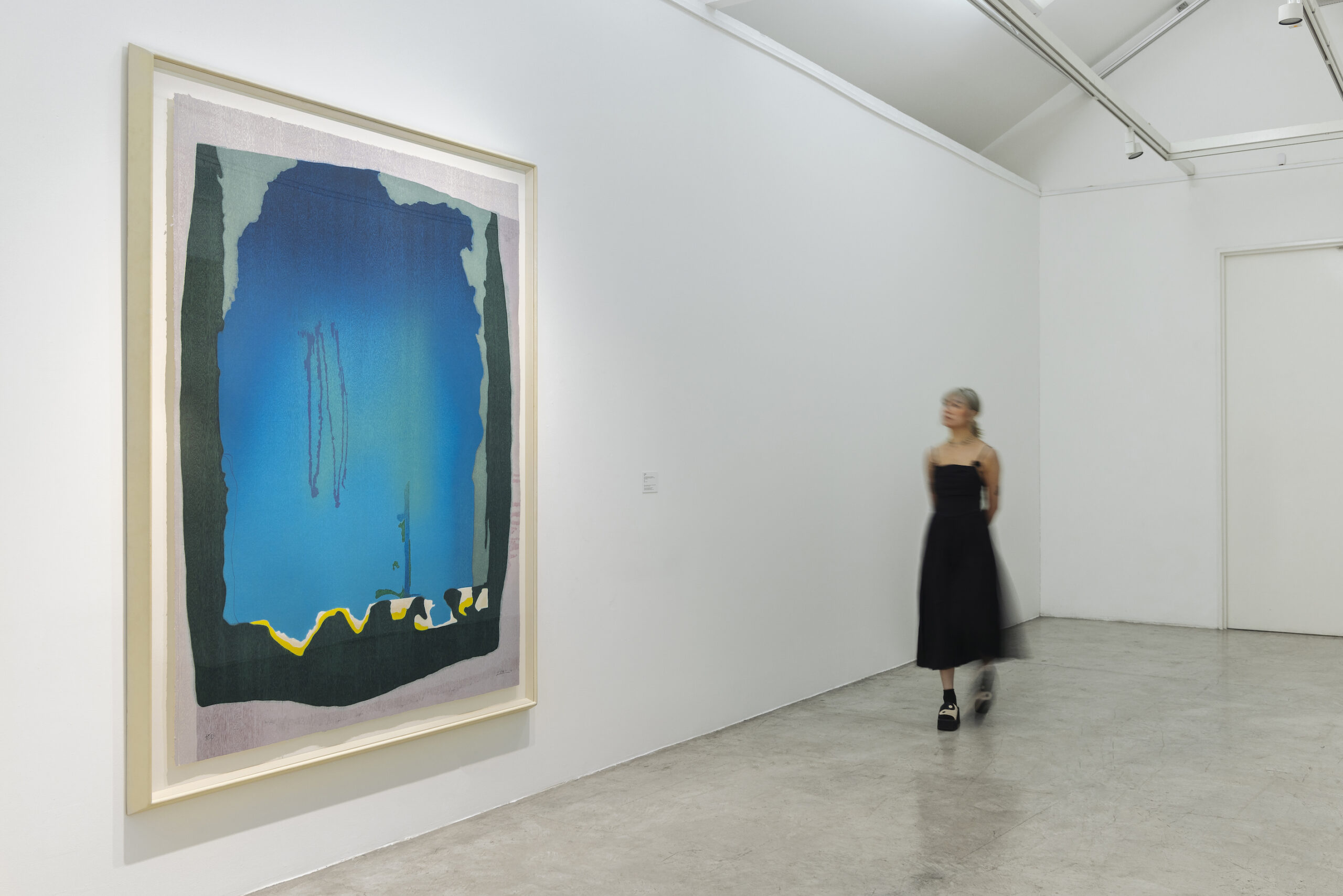In an exclusive interview with the Helen Frankenthaler Foundation director, we explore the artist’s legacy of systemic change, and where to see her work today
When you think of abstract expressionism, Mark Rothko’s color field paintings and large canvases of solid color might immediately come to mind. Maybe you’ll recall the gestural brushstrokes of Jackson Pollock. But have you heard of Helen Frankenthaler?
Emerging in the 1940s and early 1950s, the abstract expressionist movement quickly became a cornerstone of modern art. However, like many fields of its time, it was largely dominated by white males.
‘Tales of Genji I’ (1998)
Artists like Jackson Pollock and Willem de Kooning often overshadowed equally talented women working in the same sphere. Despite this imbalance, several female artists carved out their own niches and made contributions to the movement. Lee Krasner, once overshadowed by her marriage to Pollock, eventually gained recognition for her dynamic and evolving style. Joan Mitchell, renowned for her vibrant abstract landscapes, also rose to prominence.
And among them was Frankenthaler, who not only found her footing but also helped shape the movement’s diversity and depth, influencing her peers and the generations to come.
The female artist’s lasting impact and unique techniques
Born in 1928, Frankenthaler emerged as a figure in the second wave of abstract expressionism. In the early 1950s, she developed her innovative “soak-stain” technique where she thinned oil paints with turpentine and poured them directly onto unprimed canvas. This method, inspired by Pollock’s unconventional approach, allowed Frankenthaler to create fluid, spontaneous depictions.
Her 1952 work “Mountains and Sea” is often cited as a breakthrough piece, showcasing the ethereal quality of this soak-stain method. Over time, Frankenthaler adapted this technique to work with acrylic paints.
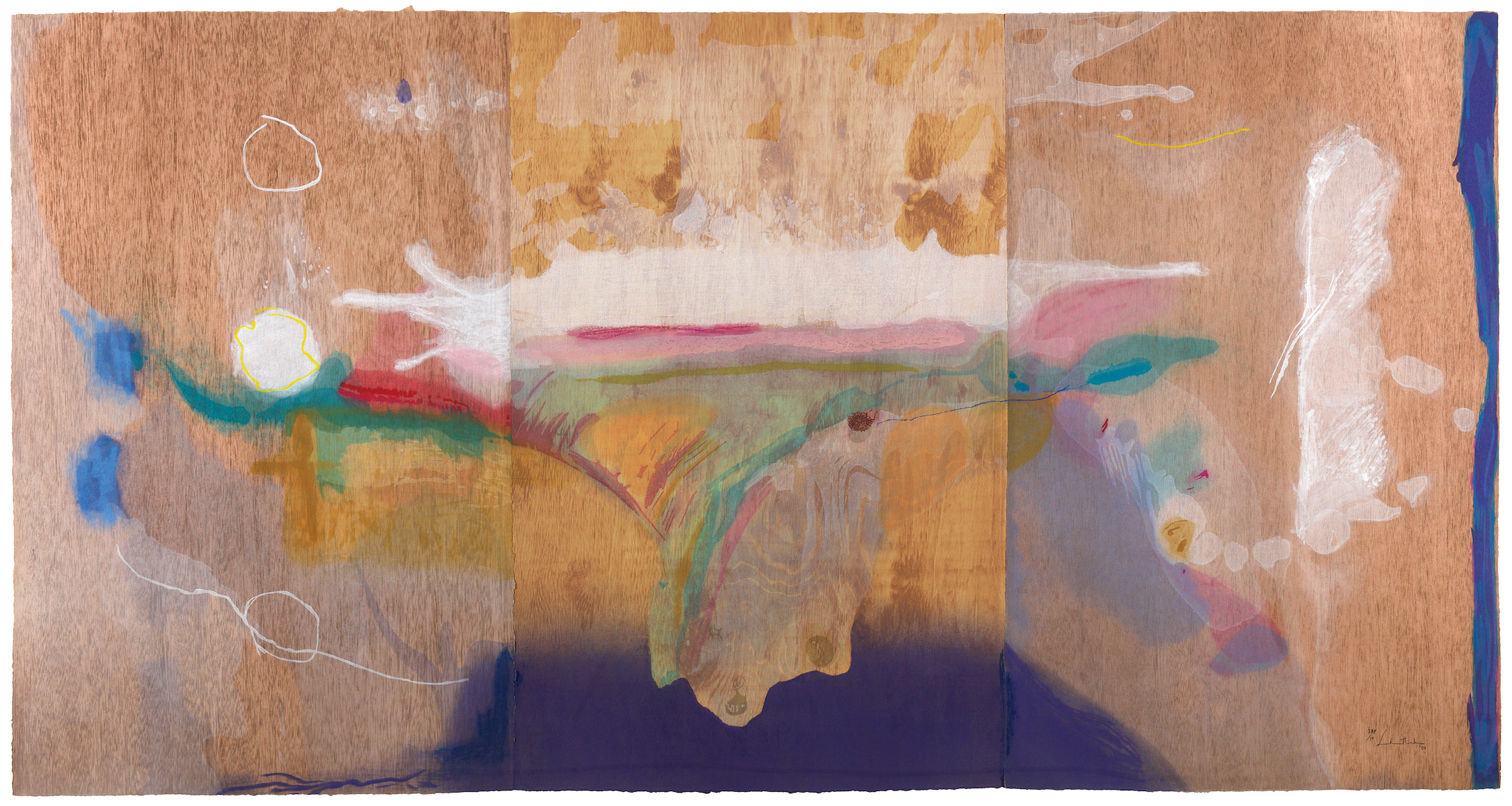
Married to fellow artist Robert Motherwell for 13 years, Frankenthaler lived a life steeped in the art world. The couple was known for their vibrant lifestyle, often working in the studio side by side, raising a family, and holding lavish parties with artists, collectors, and other art world friends.
In recent years, there has been a renewed appreciation for the full breadth of Frankenthaler’s work, including her experimental printmaking. This resurgence, largely driven by exhibitions and publications supported by the Helen Frankenthaler Foundation, has led to a deeper understanding of her innovative spirit.
Elizabeth Smith, executive director of the Helen Frankenthaler Foundation, expounds on Frankenthaler’s significance. “I have observed how the works of her later years, especially, in both painting and printmaking, seem to resonate with contemporary practices, sparking interest and demonstrating renewed relevance… Recently, artists ranging from Carroll Dunham to Katharina Grosse have commented on its significance and impact.”
READ: Art roundtable: The role of women artists in abstract art
Helen Frankenthaer’s legacy: Current and future exhibitions
Singapore’s STPI Creative Workshop and Gallery is currently hosting an annual special exhibition from June 29 to Aug. 25, 2024. The exhibit features an extensive collection of Frankenthaler’s prints, with a spotlight on her woodcuts. The showcase also explores her collaboration with Kenneth Tyler, a master printer who later played a crucial role in STPI’s establishment. The exhibition combines works on loan from the Helen Frankenthaler Foundation and pieces from Singapore’s National Collection.
Later in the year, Italy will host the most comprehensive presentation of Frankenthaler’s work in the country to date. Titled “Painting Without Rules,” this exhibition will be held at Florence’s Palazzo Strozzi from Sept. 27, 2024 to Feb. 2, 2025.
Curated by Douglas Dreishpoon, director of the Helen Frankenthaler Catalogue Raisonné, the show will survey Frankenthaler’s artistic journey from 1953 to 2002. It will also contextualize her work alongside her contemporaries and influences, including Anthony Caro, Morris Louis, Robert Motherwell, Kenneth Noland, Jackson Pollock, Mark Rothko, David Smith, and Anne Truitt.
Smith describes this exhibition in Italy as a celebration of “the pioneering spirit of an artist who defied the rules of painting and never stopped exploring new ways to make art.”
READ: How the Singapore International Festival of Arts opened up a spectrum of human experience
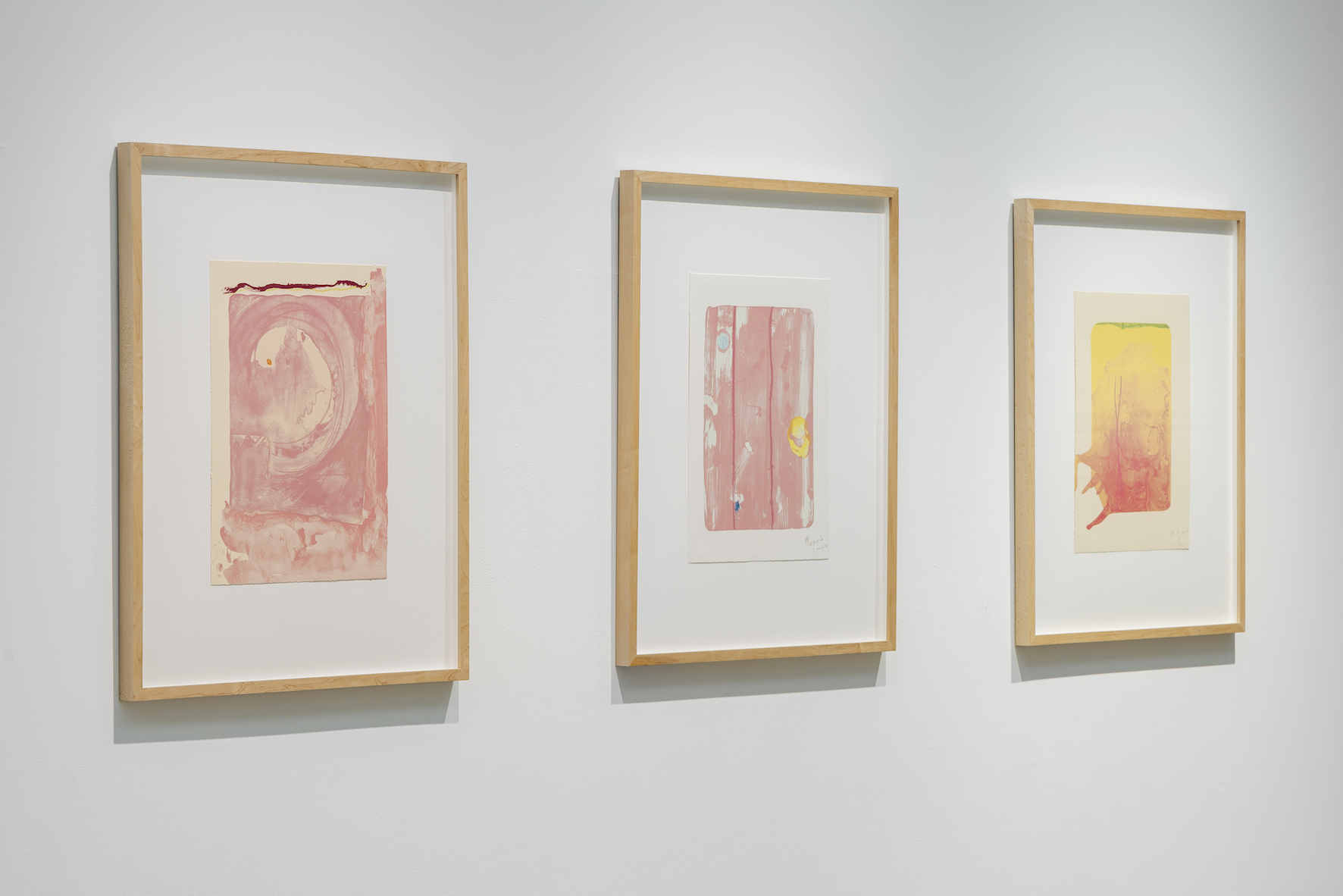
As Frankenthaler’s centennial approaches in 2028, plans are underway for a major retrospective at the National Gallery in Washington, D.C. This landmark exhibition is expected to tour both nationally and internationally, further cementing Frankenthaler’s place in art history.
Beyond exhibitions, the Helen Frankenthaler Foundation continues to support academic pursuits in the arts, including funding of higher education initiatives, such as a newly endowed fellowship in modern and contemporary art at the Smithsonian American Art Museum. The Foundation also provides various fellowships and awards, making sure Frankenthaler’s legacy lives on.
Notes from the director
After a 30-year career as a curator and deputy director at museums in Los Angeles, Chicago, and Toronto, director Smith reflects on the transformative impact of the Helen Frankenthaler Foundation:
“When I began work at the Foundation, I realized that none of the major art museums in New York City had works by Frankenthaler up on view… Over the years, however, all of these same museums have put their Frankenthaler holdings on view—in some cases multiple times—and some have acquired new pieces by Frankenthaler for their collections… The Foundation’s work to reinvigorate new awareness of Frankenthaler and her significance helped make this happen.”
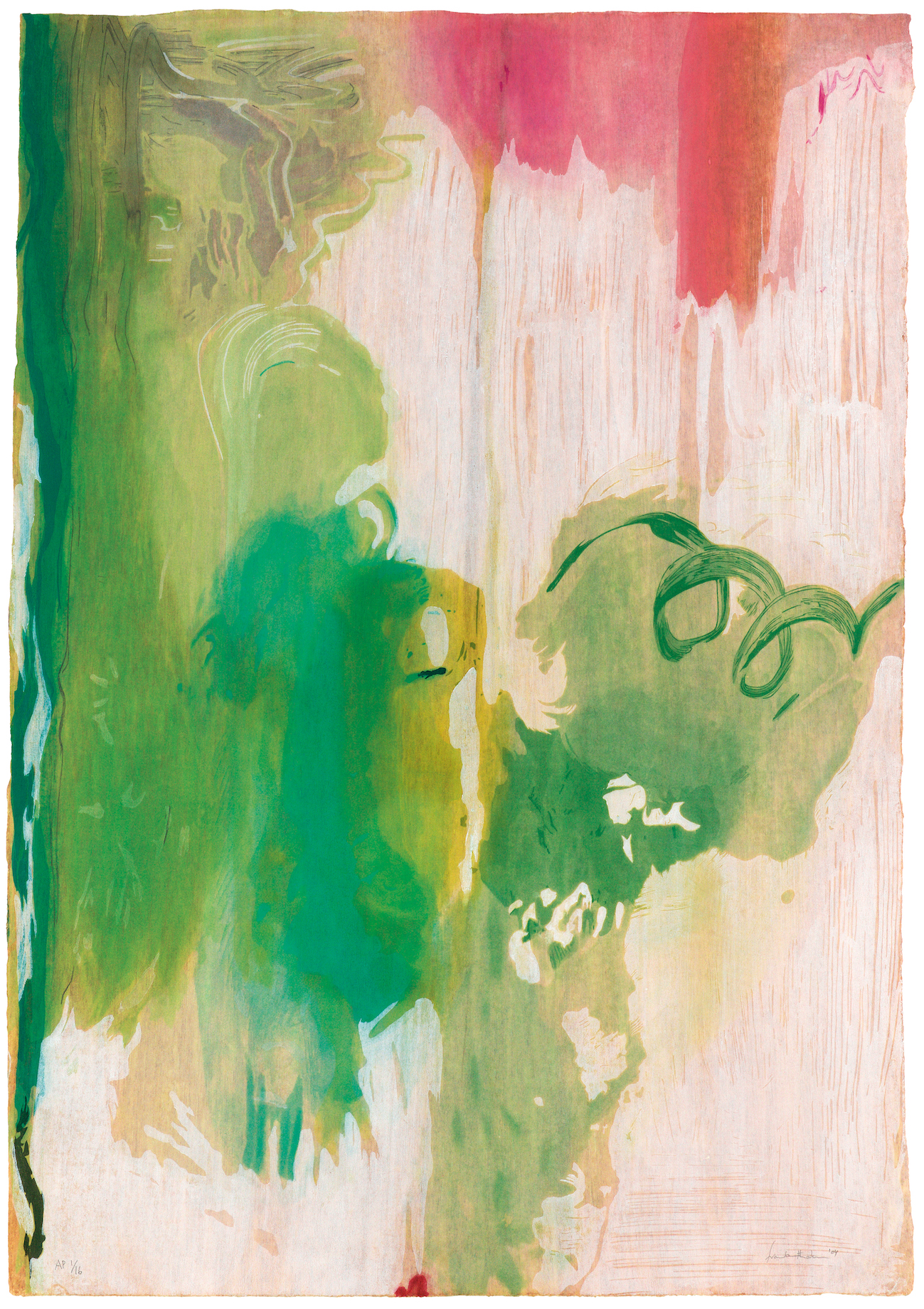
As the foundation continues to hold multifaceted initiatives, from exhibition support to research and publications as well as educational programs and philanthropic efforts, their efforts place stepping stones that lead to systemic change and cement the legacy of Helen Frankenthaler.
“When I began work at the Foundation, I realized that none of the major art museums in New York City had works by Frankenthaler up on view… Over the years, however, all of these same museums have put their Frankenthaler holdings on view.”
**
Frankenthaler once said, “There are no rules. That is how art is born, how breakthroughs happen. Go against the rules or ignore the rules. That is what invention is about.”
While Frankenthaler was talking about her painting process, the female artist’s rebellious attitude to creativity reflected how she defied the norms on a bigger scale—of the abstract expressionism movement as a whole.

